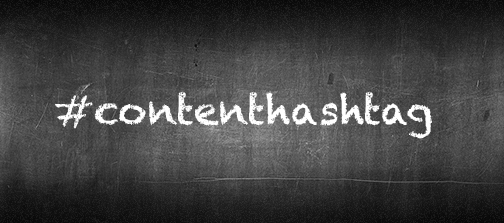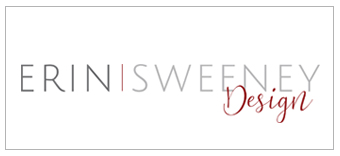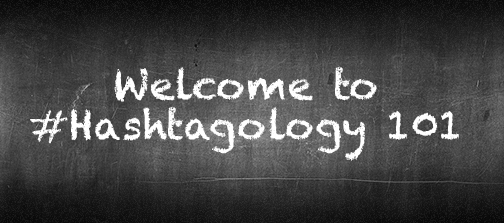Congratulations! It’s a Hashtag!
Hashtags were born on IRC’s (Internet Relay Chat’s) before blossoming into uber-popularity on Twitter. Initially, hashtags were used for tweet chats, the open group discussions that surround a particular topic still popular with marketers today. Simply put, hashtags are a word or group of words after the # sign used in marketing as a way to engage your brand with your market. But, did you know there are different kinds of hashtags, as well as a number of different ways to use them in your marketing strategies for your business? Here are 3 distinct types of key hashtag strategies that every business should be focusing on.

1. Brand and Campaign Hashtags
A Brand Hashtag is your company name or a company tagline. When creating one, be sure that it is unique and defines your business. Be sure to use your brand hashtag to market your brand on all social sites, and ask others to do the same. Before deciding on a hashtag, though, search through Twitter, Instagram, Pinterest, Google Plus, and Facebook. If it’s too common, choose another one. Another tip for creating your brand hashtag is to keep it short. A short hashtag is more likely to be remembered and used correctly than a long and complicated one.
Example of a brand hashtag: KitKat uses #HaveABreak which is their tagline. Note: “Have a break” is a common term, and can often used as a hashtag on posts unrelated to KitKat.
A Campaign Hashtag is used for individual marketing campaigns. Selling a new product? Promote it with a unique hashtag related specifically to that product. As with your brand hashtag, research it first. If the tag is too common, use something else. Once you decide on a tag, use it everywhere. Engage with customers throughout the campaign or promotion. In relevant cases, make it a requirement that customers use the hashtag to participate in a special promotion or contest.
Example of a campaign hashtag: Home Depot has used #HDgameday to celebrate the start of college football. This was a photo contest where participants submitted a photo related to “bucket drumming,” then used the hashtag in a post to be entered into a contest.
Things to Remember When Using Branding and Campaign Hashtags:
- Keep them consistent and unique on all of your social sites
- Use campaign hashtags to generate more engagement and awareness for a marketing campaign
- Keep your branding hashtag short and easy to remember
- Monitor hashtags and respond to those using them

2. Trending Hashtags
Trending hashtags (“What’s Trending Now”) are used on topics that have become very popular, and they constantly change in real time. When you spot a trend that relates to your business, use the tag to engage in the trend. How does this help market your brand? Using a trending hashtag in your content update can potentially reach a massive audience. (Note: Currently, trends are used on Twitter and Google Plus only. Locate trends on Twitter on the left hand side of your Twitter feed. Trends are found on Google Plus in the “What’s Hot” section.)
Need resources for finding and utilizing trending opportunities? Check out these websites:
- hashtags.org: For locating trends, as well as metrics about your social brand
- Statigram: For Instagram hashtag trends (learn more here)
- Trendsmap: Geographic hashtag trends (great for local businesses!)
Example of a trending hashtag: Many musicians take part in the #MusicMonday trend on Google Plus.
Things to Remember When Using Trending Hashtags:
- Be fast to get the most exposure
- Use monitoring sites (listed above) to find trending hashtags
- Develop relationships with your target audience with niche trending tags (e.g., #FashionWeek)

3. Content Hashtags
Content hashtags are common hashtags related to your post content (e.g., #socialmedia, #education) and are used to improve the SEO of your posts. Let’s look at some common categories of content hashtags.
Product Hashtags
Connect your product to your market with product hashtags. For example, a wine store might post a collection of images of Italian wines and use the #italianwines hashtag.
Lifestyle Hashtags
Consider your demographics’ lifestyle and hobbies to connect with them. Find often used hashtags and include them in your content updates. For example, a sports apparel store might use a hashtag such as #marathon or #teetime.
Event Hashtags
Events, from local carnivals to a national or even global celebration (e.g., New Years Eve), are often used in content updates to grow your online exposure. If your business is taking part in a local event, this is a great opportunity to use that events’ hashtag to promote your involvement. For example, August 26, 2015 is #NationalDogDay. It quickly became the #1 trending topic on Twitter. Many brands use the popularity of this event (and its hashtags) to promote their brand on social sites.
Location Hashtags
Using specific geo-targeted hashtags is a great way to market your local business to your community. Use hashtags of your town (e.g., #northattleboro) or other nearby locations. Take it a step further and interact with others using the same hashtag.
Things to Remember When Using Common Hashtags:
- Review the hashtags your followers are using, as well as your competition, to find common ones
- Engage with others using the same common hashtags (retweet, like, comment, etc.)
- Be sure to avoid looking “salesy” by using too many common hashtags in your post content
In Conclusion
Using hashtags in marketing is a strategic way to market and grow your business on social sites. Follow these rules, bookmark helpful resources, them make them a common practice.
Was this article helpful or informative? Please Like or Share. Thank you!
[fb_button]



